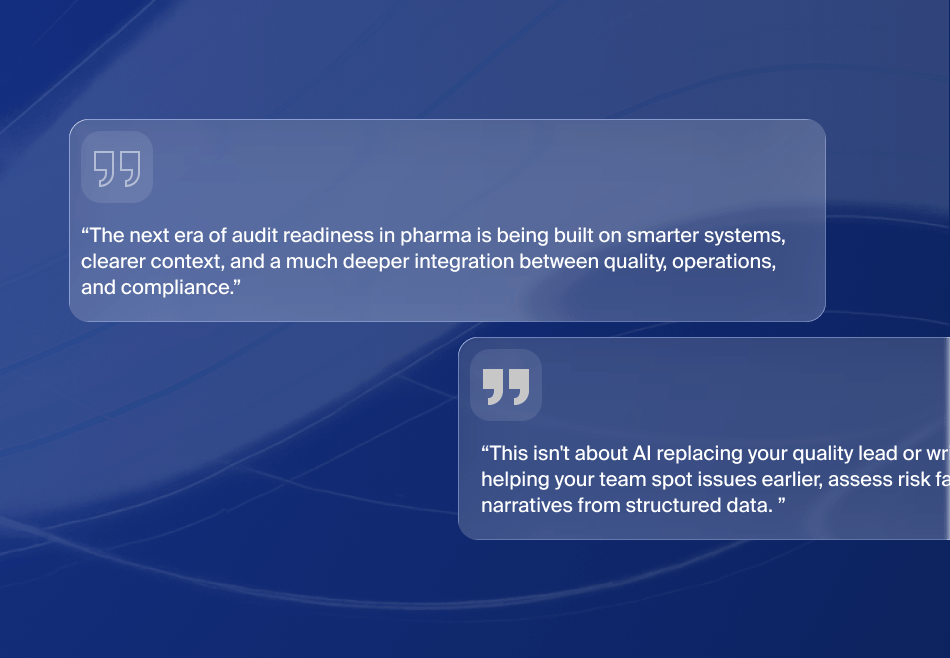At a Glance
- There are multiple aspects that come into picture when a company decides to transition from Microsoft Dynamics AX to Dynamics 365. This is often a multi-pronged process that goes beyond a simple technology upgrade.
- When businesses are preparing to move to Dynamics 365, executives need to be aware of the impact on different departments, instead of just focusing on benefits.
- This article discusses how Dynamics 365 is different from its predecessor, Dynamics AX, and the steps organizations need to take to ensure a smooth transition.
Like most organizations looking to upgrade for better functionality, agility, enhanced digital capabilities, etc., if you’re planning to move from Dynamics AX to Dynamics 365, it’s critical to understand the difference between the two, in order to make an informed decision.
Comparing Microsoft Dynamics AX and Dynamic 365: Understanding the Differences
| Aspect/ Functionality | Dynamics AX | Dynamics 365 |
|---|---|---|
| User Interface | Based on software | Browser access (web-based login) |
| Infrastructure | On-premise ERP/ servers | Cloud-based and hybrid |
| Business Intelligence | Limited | Immense data insight generation with AI-enabled capabilities |
| Additional features | None | Power Apps |
| Updates | Time-consuming, effort-intensive | Easier, cloud-based updates (feature-wise updates) |
| License | Yearly expense | Pay-as-you-go flexible model |
This simple comparison presents a decent starting point for organizations considering a shift from Dynamics AX to Dynamics 365, but decision makers in the company will want to look closely at the intricacies of Dynamics 365, and how it may affect their business. This will enable them in making an informed decision and in communicating the need for change to the organization.
Why Should Organizations Move to Microsoft Dynamics 365?
According to a recent report published by Forrester Consulting, moving to Dynamics 365 can help companies improve IT and back-office efficiency by 20-50% and 66%, respectively.
Apart from the obvious benefits of Microsoft Dynamics 365 like improved interface and infrastructure, it also offers ease of use and better business intelligence with the help of Artificial Intelligence (AI). Available power-BI functionality, for instance, helps create unlimited high-end reports and dashboards.
One of the most important aspects of moving to Dynamics 365 from Dynamics AX is how straightforward the migration has become, and with reduced risks. The groundwork done by Microsoft is testament to the newer tools and applications that make migrating to Dynamics 365 products smooth and predictable.
If your mind is made up to transition to Dynamics 365 from AX, the only thing you may still be wondering about is how exactly it can be done?
Below is a simple guide for businesses starting to look at upgrading to one of Microsoft’s flagship ERPs
1.Consider the Areas of Impact While making the shift, it’s important for CTOs and CIOs to note areas, departments and processes that will be most affected. This way those areas can be prepared well in advance for the change. It’s also important to gauge the extent to which your organization is using Dynamics AX. This assessment can be done by addressing the following key questions:
- Is your business able to adapt to changing requirements?
- Are you able to track raw materials through the entire supply chain?
- Are your data streams updated on a near real-time basis?
- How many integrated systems as well as Independent Software Vendors (ISVs) are working in association with Dynamics AX?
- How many systems (integrated and ISVs) are compatible with Dynamics 365
2.License Transfer In order to move from Dynamics AX to Dynamics 365, companies can transition the existing license for the new platform. It’s important to note that an active maintenance plan can net up to an almost 40% discount on the license purchase fee. To help ease this transition, Microsoft has included tools that can preserve customizations and ensure complete code compliance in the new Dynamics 365 ecosystem from the predecessor (in this case Microsoft Dynamics AX).
3.Ensuring Similar Transaction ResultsExperts suggest making sure that important groundwork is done in order to reduce risks and avoid hiccups when processing transactions. This groundwork can involve the continuous use of automation to run tests during the migration to ensure that you are getting similar results in Dynamics 365 as you were in AX. It’s also advisable to ensure complete documentation of use cases and business requirements for future reference.
4.Systematic Organizational Change Management (OCM)As is the case with any major software shift, change is often met with both behavioural resistance and in the form of technical glitches. Ensuring a systematic approach to change management will be key in enabling smooth transition. Companies would need to get their IT department well-acquainted with the in’s and out’s of newer Dynamics 365 environments. As well, moving from an on-premise system to a modern cloud-based, web-enabled software will require ongoing training and guidance as the system continues to evolve. Experts advise investing in OCM beforehand rather than solving the problems as they come.
Organizational Change Management: Smooth Transition from Dynamics AX to Dynamics 365
Understanding these factors goes a long way to ensuring complete preparedness, letting organizations accurately plan their transition from Dynamics AX to Dynamics 365. If you’re still unsure, it’s advisable to partner with change management experts and IT consultants experienced not only in migrations and end-to-end support, but also the industry your organization serves.
Key Takeaways
- Like any migration, the move from Dynamics AX to Dynamics 365 has to be well-planned and well-managed for maximum efficiency.
- Ensuring readiness- technical as well as behavioral, will help organizations in getting the expected ROI from this shift.
Looking to migrate to Microsoft Dynamics 365 for streamlining your operations? Get a consultation with XcelPros!









